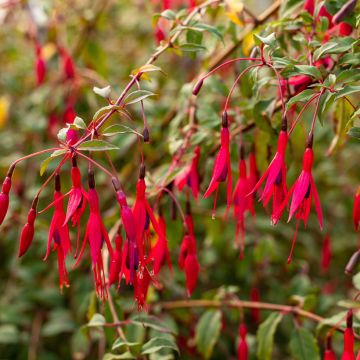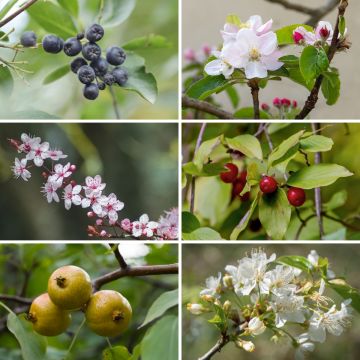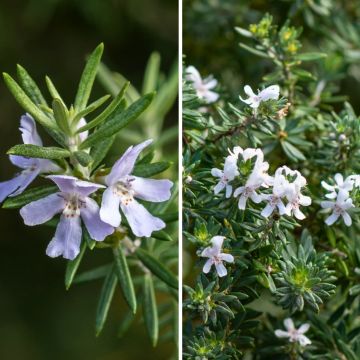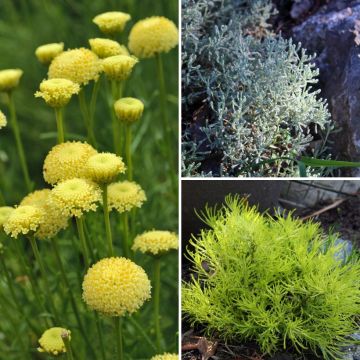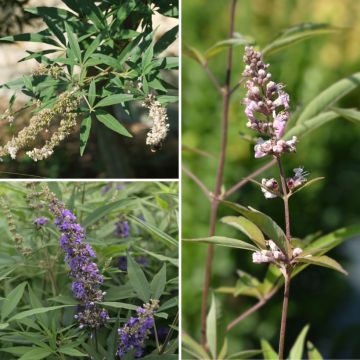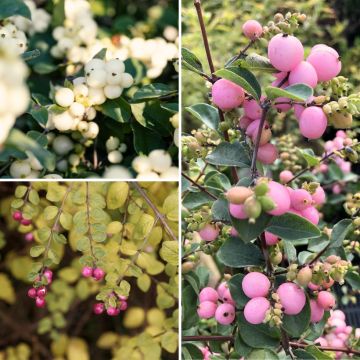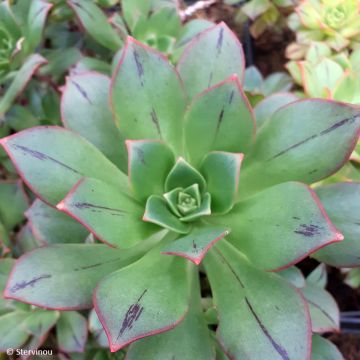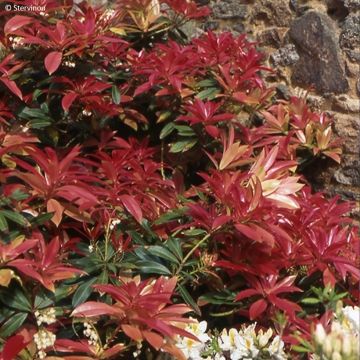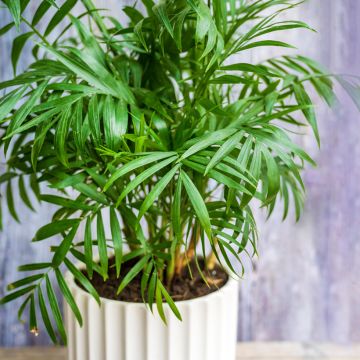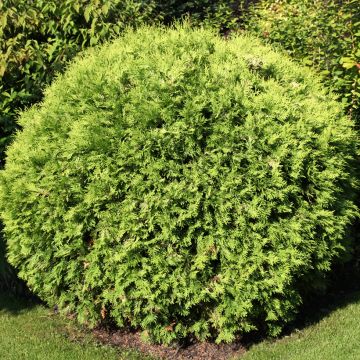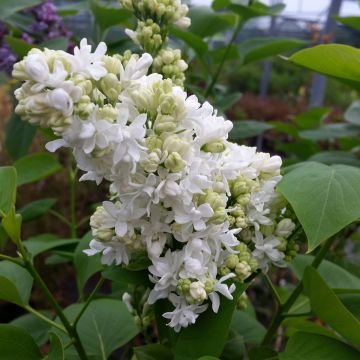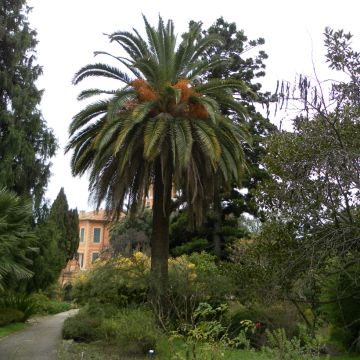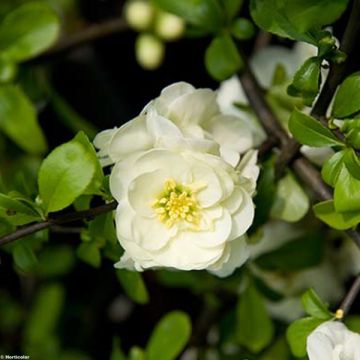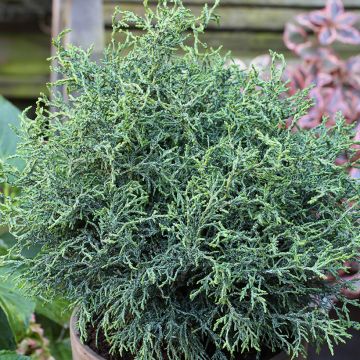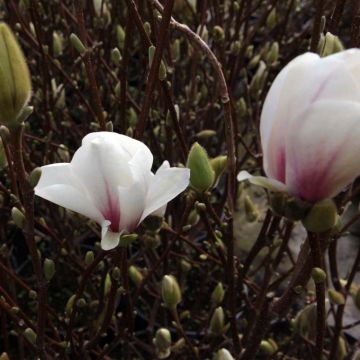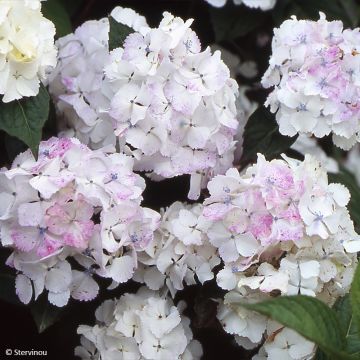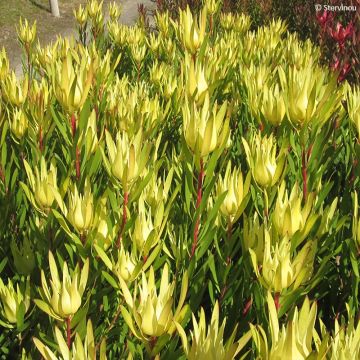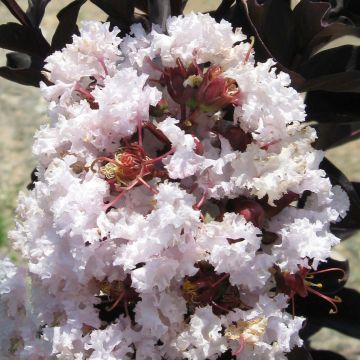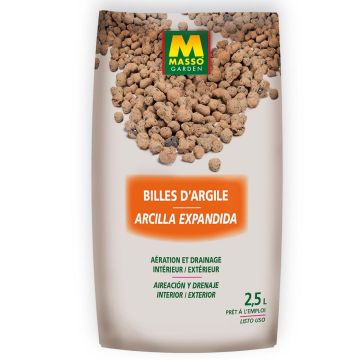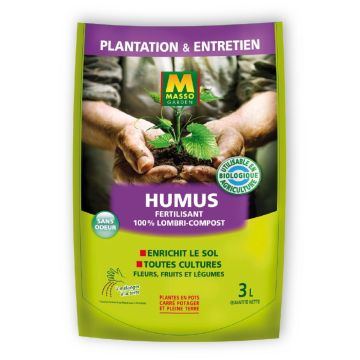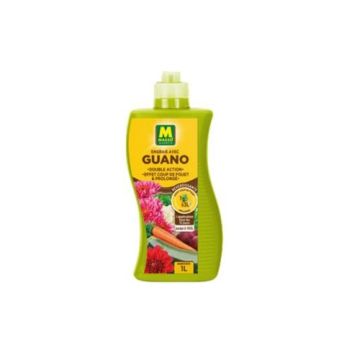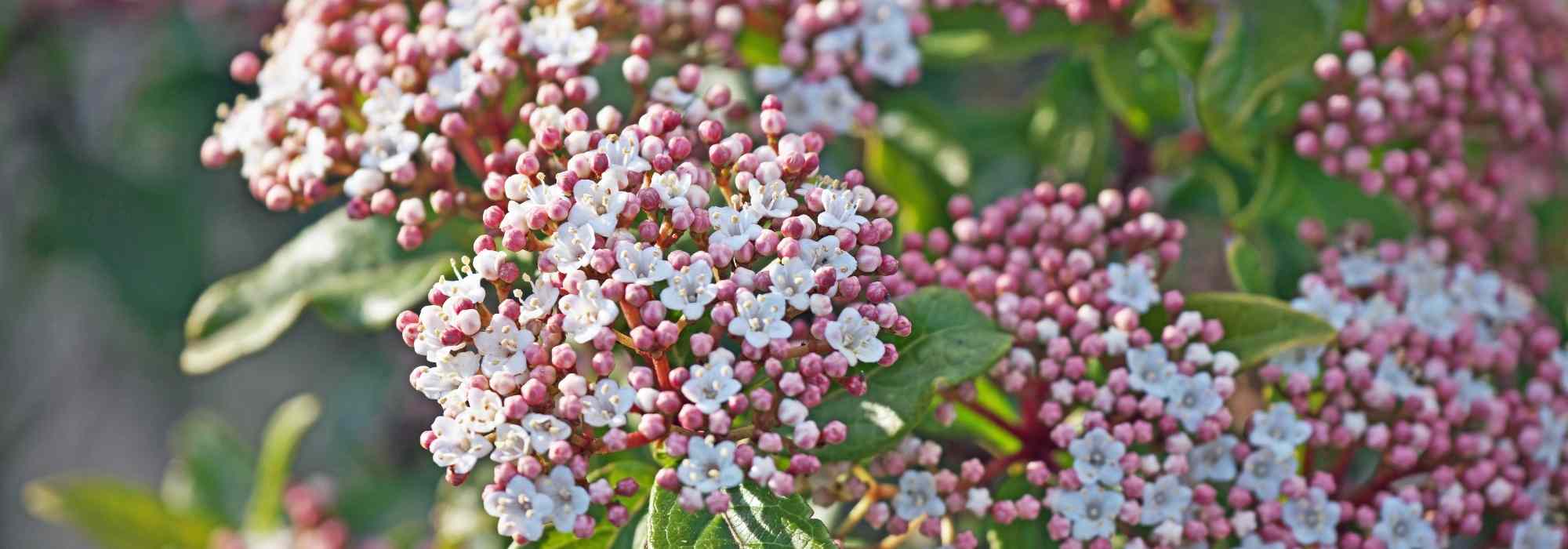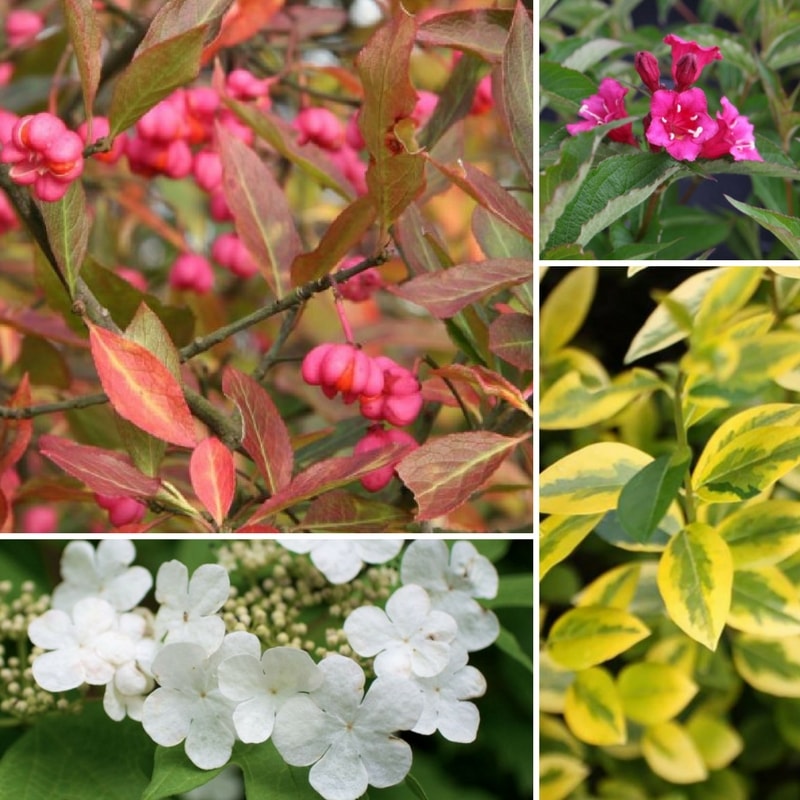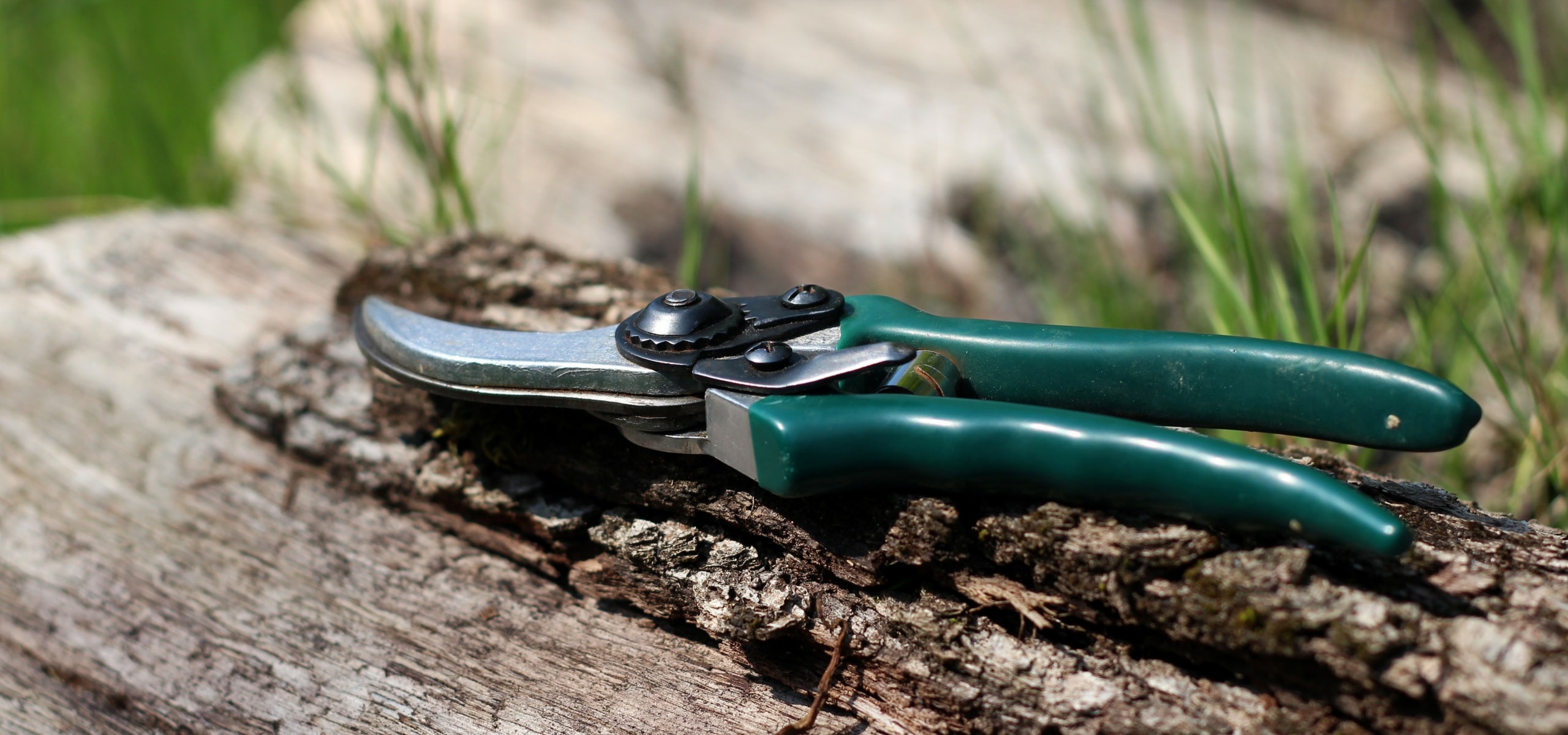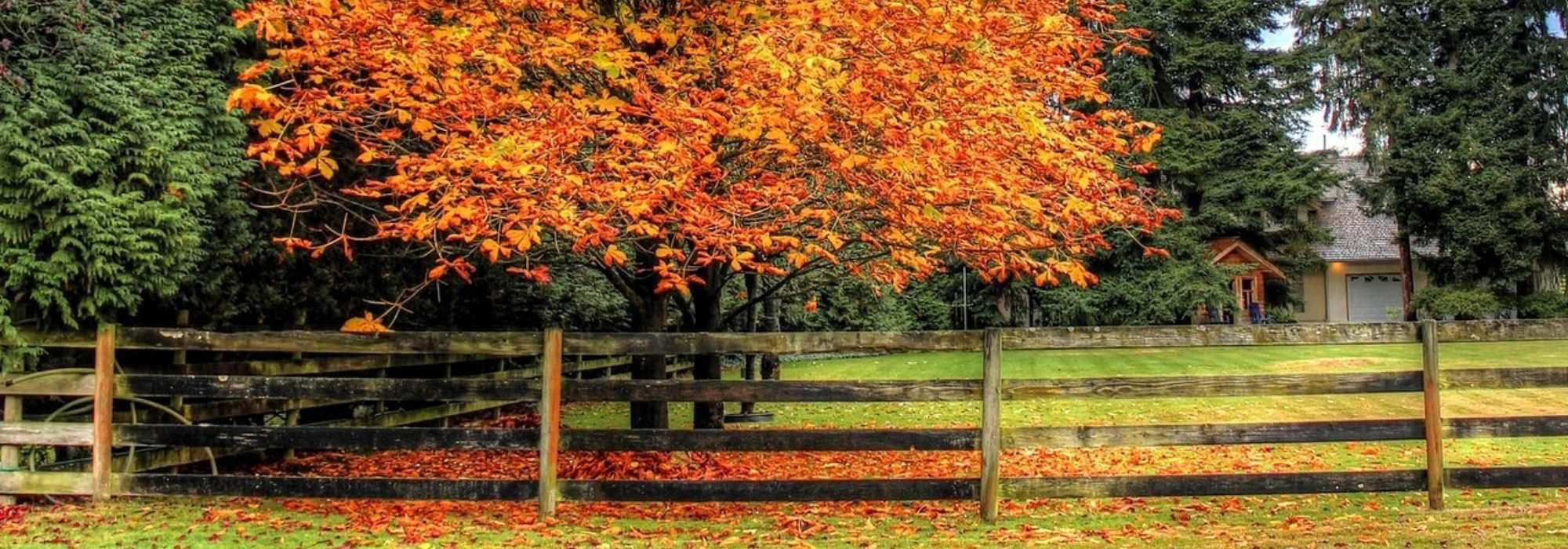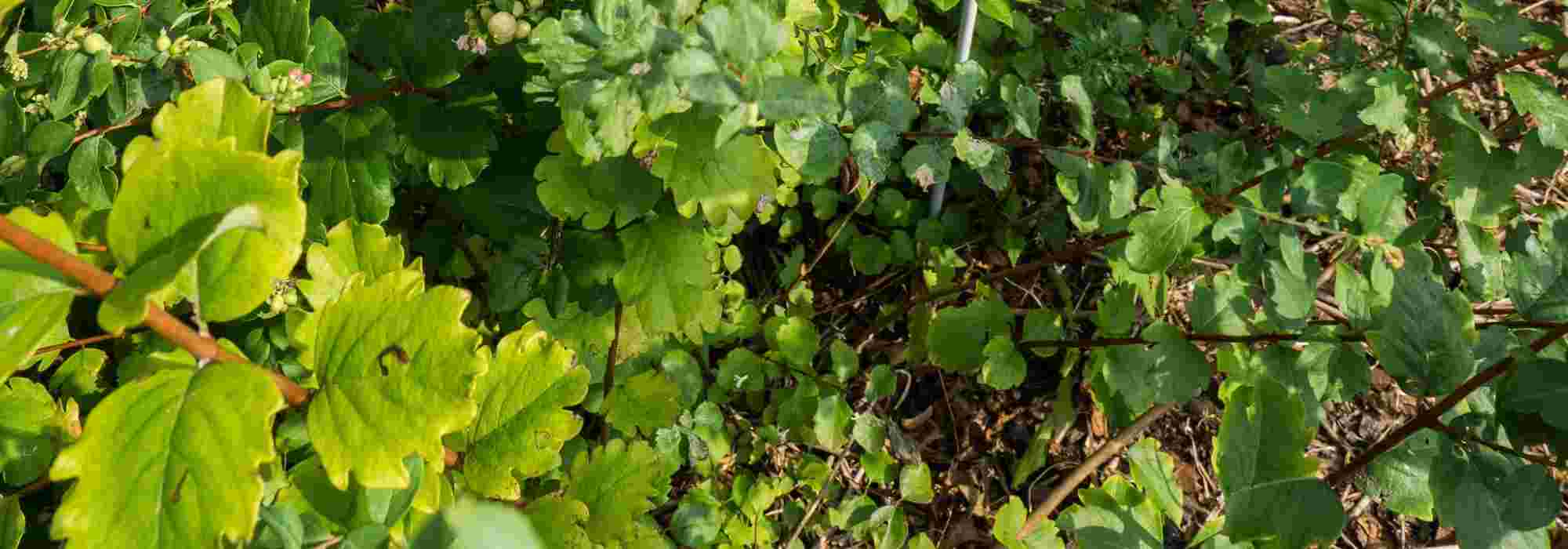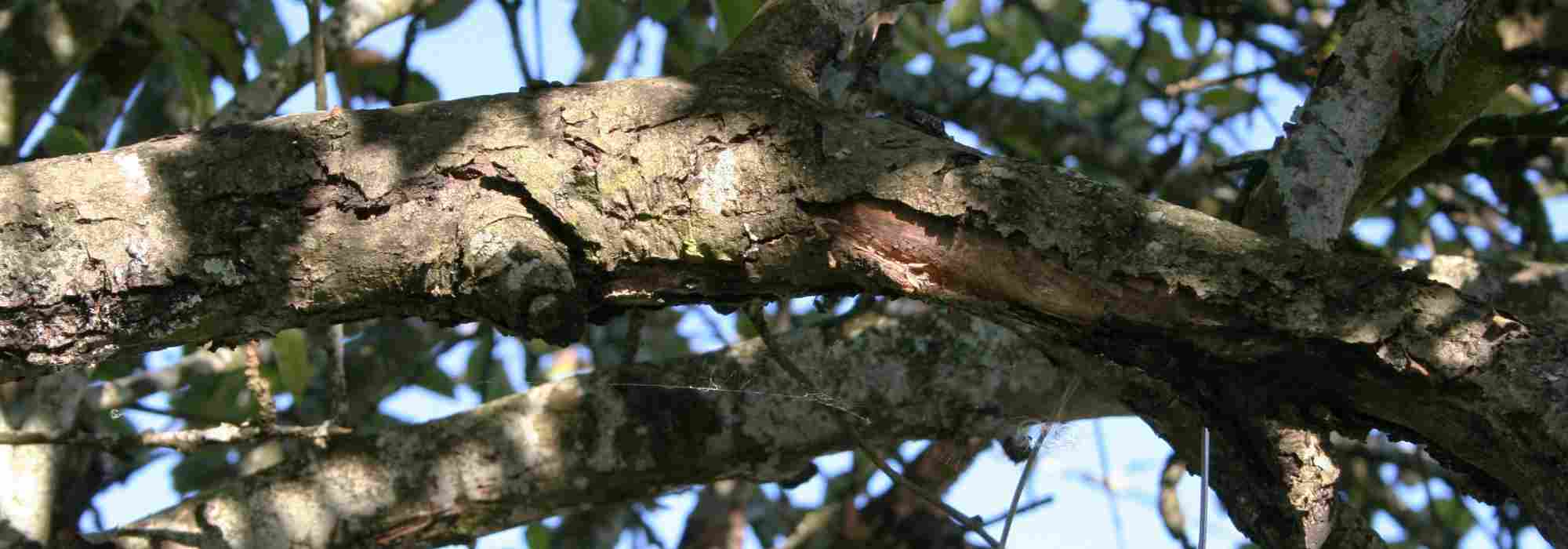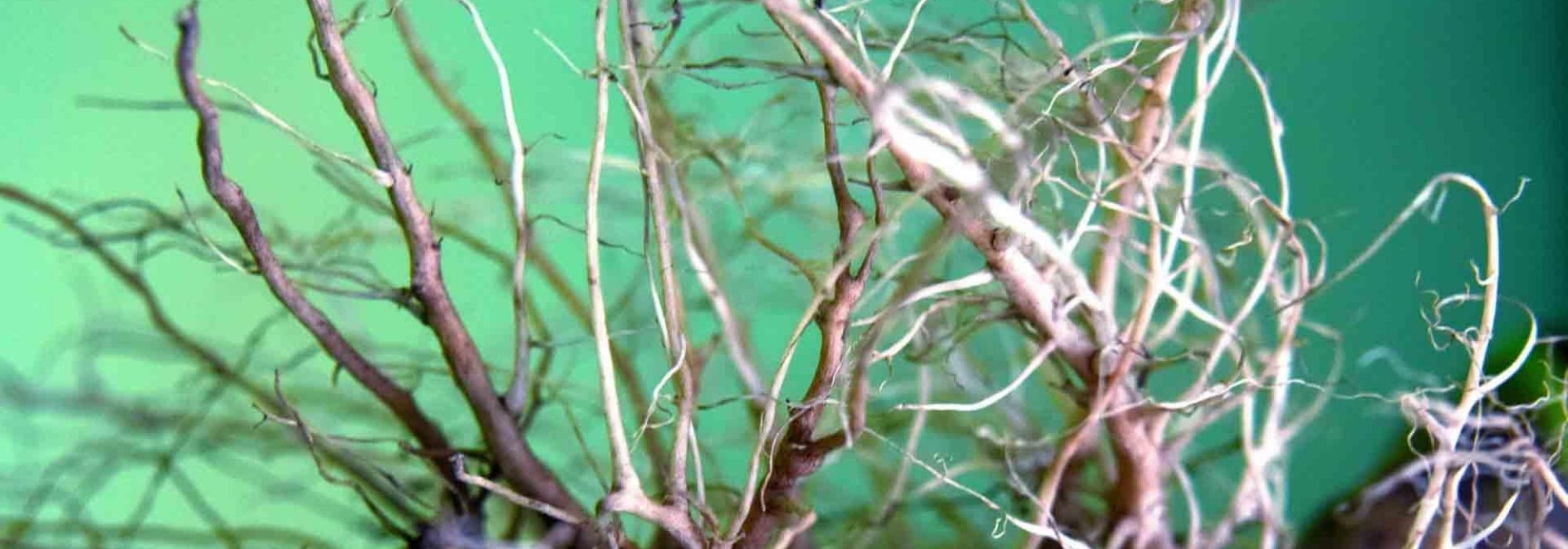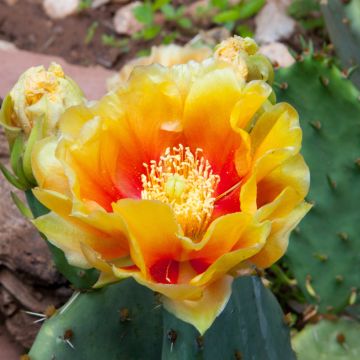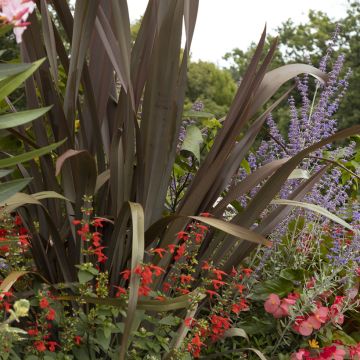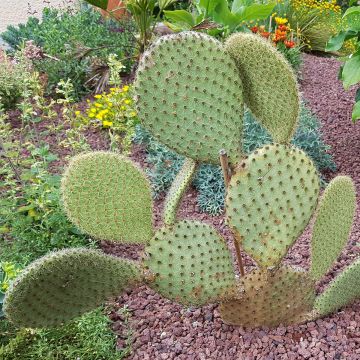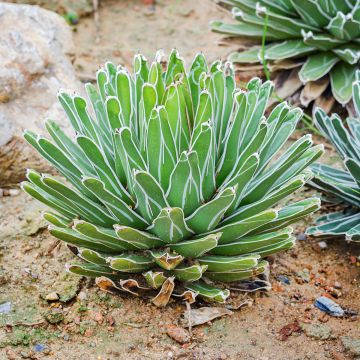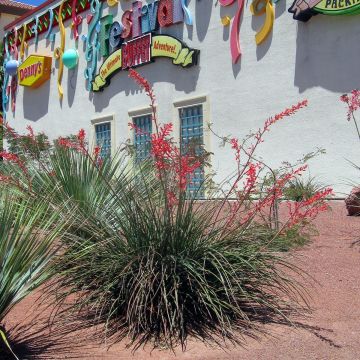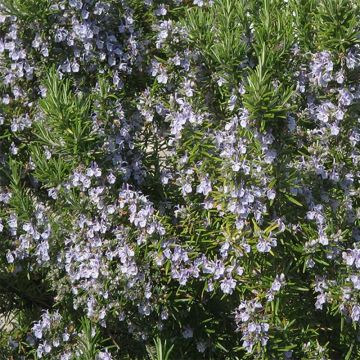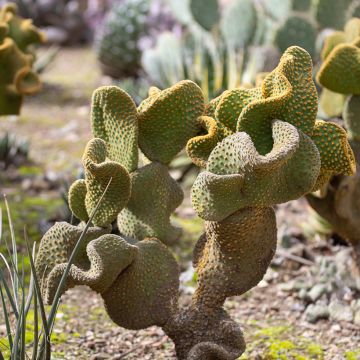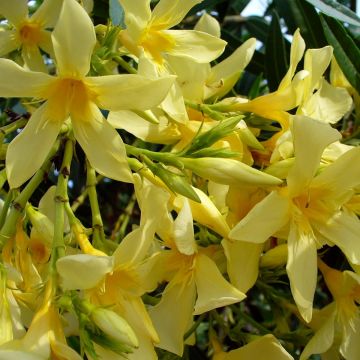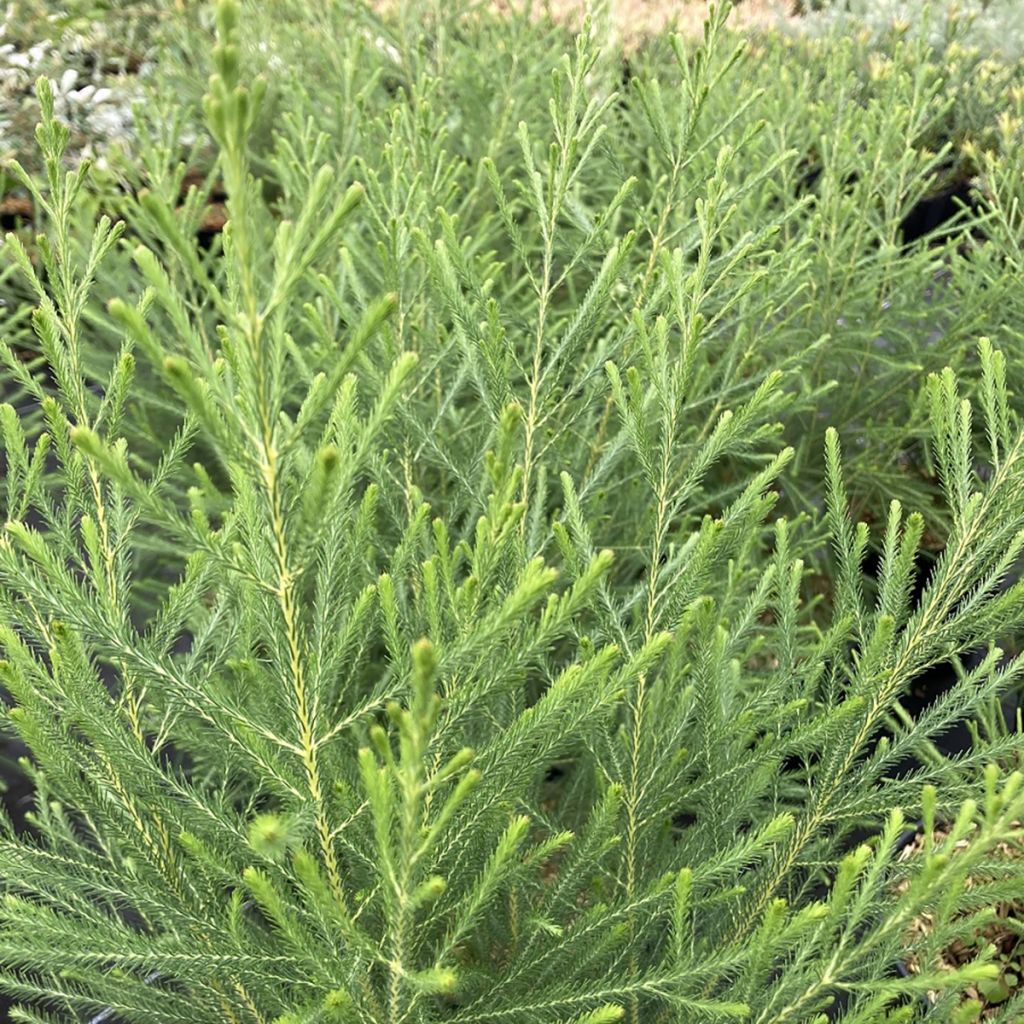

Berzelia intermedia
Berzelia intermedia
Berzelia intermedia
Special offer!
Receive a €20 voucher for any order over €90 (excluding delivery costs, credit notes, and plastic-free options)!
1- Add your favorite plants to your cart.
2- Once you have reached €90, confirm your order (you can even choose the delivery date!).
3- As soon as your order is shipped, you will receive an email containing your voucher code, valid for 3 months (90 days).
Your voucher is unique and can only be used once, for any order with a minimum value of €20, excluding delivery costs.
Can be combined with other current offers, non-divisible and non-refundable.
Why not try an alternative variety in stock?
View all →This plant carries a 24 months recovery warranty
More information
We guarantee the quality of our plants for a full growing cycle, and will replace at our expense any plant that fails to recover under normal climatic and planting conditions.
Would this plant suit my garden?
Set up your Plantfit profile →
Description
Berzelia intermedia, commonly known as the "Kolkol bush", in its native lands, is a South African shrub which is still very rare in cultivation, a plant that should appeal to collectors, gardeners fond of challenges, and the curious. Very bushy and evergreen, it somewhat resembles a large heather with its needle-like, acidic green foliage. In spring or early summer, its vegetation disappears under a mass of cream-white pompoms carried by beautiful red peduncles. In South Africa, these magnificent inflorescences are used in floristry. Unusual and fascinating, this Berzelia still has many secrets to reveal to European gardeners: grown like a protea, it should be possible to acclimatize it in a coastal garden or in a pot.
Berzelia intermedia is a perennial shrub plant of the Bruniaceae family. The genus Berzelia comprises 12 species of shrubs almost exclusively confined to the Cape region. They are plants of the fynbos, a specific vegetation formation in this Mediterranean climate region which is wet in winter and dry in summer and regularly subjected to fires. This Berzelia intermedia grows spontaneously on sandy or rocky soils, always well-drained.
Cultivation information is still scarce and, unfortunately, contradictory: some claim that the plant is hardy down to -8 or -10°C. In the wild, the plant grows naturally on sandy soils.
Berzelia intermedia has a bushy, upright and branched habit. It can reach 2m (6 ft 7in) in its native region, but will not exceed 1m (3ft 4in) in all directions in our latitudes. Maturity is reached between 5 and 10 years. The stems are thin, branched and upright and bear short, non-prickly needle-shaped leaves arranged spirally. Flowering occurs from May to early July, depending on the climate. At the end of the branches, large inflorescences composed of numerous ball-shaped heads appear. Each head is composed of a multitude of tiny flowers with very short petals and prominent stamens. Each head is carried by a red peduncle that swells as the flowers ripen, gradually taking on a curious fleshy and waxy appearance. The colour of this flowering evolves from green to cream-white, then to pink. Numerous pollinating insects visit the flowers of this shrub. The seed-filled fruits dry over time and can persist for a long time on the branches, sometimes until the death of the shrub. The seeds are only released under certain conditions, for example after a fire. Berzelia shrubs are linked to fire ecology: they are capable of regrowing from the stump after fires, or after a frost that has destroyed vegetation if the stump is protected.
With its heather-like appearance covered in cream pompoms, the Berzelia intermedia is a rare, original, and highly structural exotic plant. It can be planted in a gravel garden, a dry garden, or a large rockery in mild climates. It can be placed alone or as part of a shrub bed composed of southern plants. Leptospermum, Melaleuca, Isopogon, Leucadendrons, and Callistemons will be good companions, as well as evergreen ceanothus and Coleonema. It prefers sheltered coastal gardens, spared from severe frosts, in very well-drained soil. Particularly suited to the Mediterranean climate, it only requires rainwater once well-rooted. It should always be planted in an open position, in full sun.
Report an error about the product description
Plant habit
Flowering
Foliage
Botanical data
Berzelia
intermedia
Bruniaceae
South Africa
Other Shrubs A to Z
View all →Planting and care
In the open ground and a mild climate:
Plant the Berzelia intermedia in spring, in a very sunny location, sheltered from cold winds. This plant requires well-drained soil that is not too rich, rocky or sandy and does not retain moisture. It will tolerate summer drought once well established. It will prefer a mix of leaf compost, a bit of ericaceous soil or crushed pine bark, and coarse river sand or gravel.
South African fynbos shrubs, such as proteas, are sensitive to excess phosphates and nitrates, so it is important to avoid giving too much fertilizer, or even none at all. A small amount applied at the base of the plant in spring is usually sufficient. While adult plants can withstand (according to some sources) temporary frost of around -8/-10°C (17.6/14°F), young plants should be protected from frost during their first years in a frost-free location or, in regions with mild winters, protected with fleece.
Container cultivation can be a bit difficult, it is important to keep the substrate slightly moist, but not excessively. Use a very well-draining mix composed of leaf compost, a bit of ericaceous soil or crushed pine bark, and coarse river sand or gravel. The Berzelia can be pruned after flowering: this helps maintain a compact habit and it may flower again towards the end of the season depending on the climate.
Planting period
Intended location
Care
Planting & care advice
This item has not been reviewed yet - be the first to leave a review about it.
Similar products
Haven't found what you were looking for?
Hardiness is the lowest winter temperature a plant can endure without suffering serious damage or even dying. However, hardiness is affected by location (a sheltered area, such as a patio), protection (winter cover) and soil type (hardiness is improved by well-drained soil).
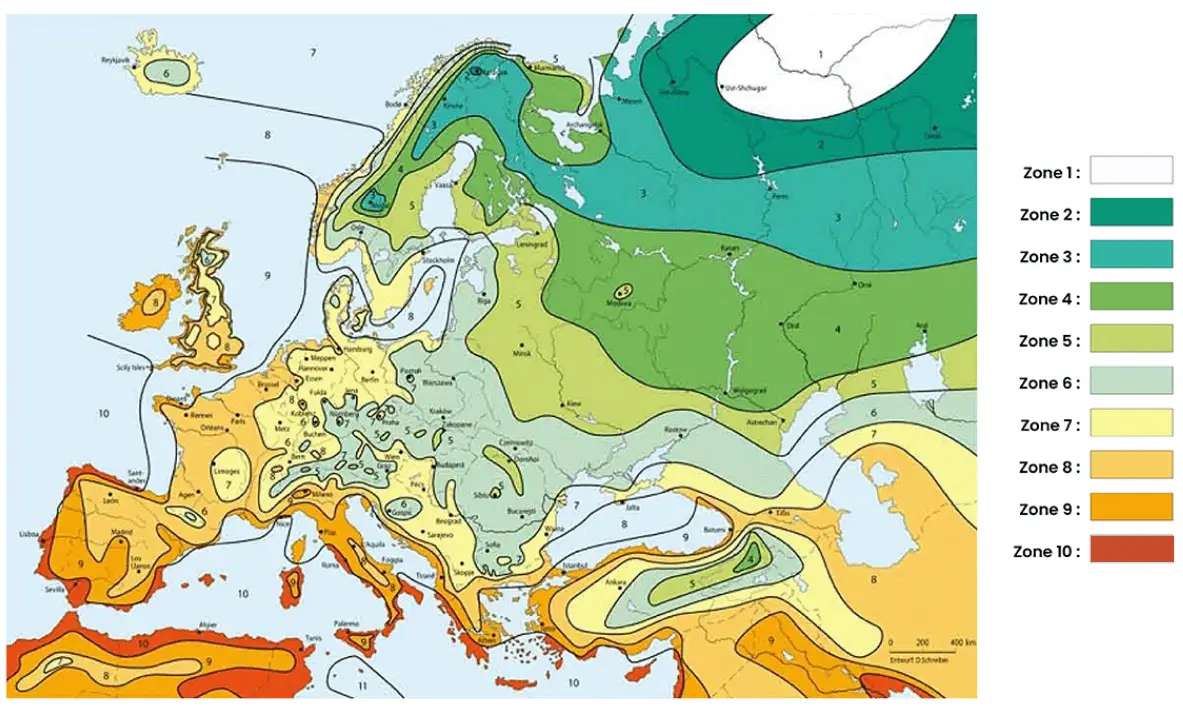
Photo Sharing Terms & Conditions
In order to encourage gardeners to interact and share their experiences, Promesse de fleurs offers various media enabling content to be uploaded onto its Site - in particular via the ‘Photo sharing’ module.
The User agrees to refrain from:
- Posting any content that is illegal, prejudicial, insulting, racist, inciteful to hatred, revisionist, contrary to public decency, that infringes on privacy or on the privacy rights of third parties, in particular the publicity rights of persons and goods, intellectual property rights, or the right to privacy.
- Submitting content on behalf of a third party;
- Impersonate the identity of a third party and/or publish any personal information about a third party;
In general, the User undertakes to refrain from any unethical behaviour.
All Content (in particular text, comments, files, images, photos, videos, creative works, etc.), which may be subject to property or intellectual property rights, image or other private rights, shall remain the property of the User, subject to the limited rights granted by the terms of the licence granted by Promesse de fleurs as stated below. Users are at liberty to publish or not to publish such Content on the Site, notably via the ‘Photo Sharing’ facility, and accept that this Content shall be made public and freely accessible, notably on the Internet.
Users further acknowledge, undertake to have ,and guarantee that they hold all necessary rights and permissions to publish such material on the Site, in particular with regard to the legislation in force pertaining to any privacy, property, intellectual property, image, or contractual rights, or rights of any other nature. By publishing such Content on the Site, Users acknowledge accepting full liability as publishers of the Content within the meaning of the law, and grant Promesse de fleurs, free of charge, an inclusive, worldwide licence for the said Content for the entire duration of its publication, including all reproduction, representation, up/downloading, displaying, performing, transmission, and storage rights.
Users also grant permission for their name to be linked to the Content and accept that this link may not always be made available.
By engaging in posting material, Users consent to their Content becoming automatically accessible on the Internet, in particular on other sites and/or blogs and/or web pages of the Promesse de fleurs site, including in particular social pages and the Promesse de fleurs catalogue.
Users may secure the removal of entrusted content free of charge by issuing a simple request via our contact form.
The flowering period indicated on our website applies to countries and regions located in USDA zone 8 (France, the United Kingdom, Ireland, the Netherlands, etc.)
It will vary according to where you live:
- In zones 9 to 10 (Italy, Spain, Greece, etc.), flowering will occur about 2 to 4 weeks earlier.
- In zones 6 to 7 (Germany, Poland, Slovenia, and lower mountainous regions), flowering will be delayed by 2 to 3 weeks.
- In zone 5 (Central Europe, Scandinavia), blooming will be delayed by 3 to 5 weeks.
In temperate climates, pruning of spring-flowering shrubs (forsythia, spireas, etc.) should be done just after flowering.
Pruning of summer-flowering shrubs (Indian Lilac, Perovskia, etc.) can be done in winter or spring.
In cold regions as well as with frost-sensitive plants, avoid pruning too early when severe frosts may still occur.
The planting period indicated on our website applies to countries and regions located in USDA zone 8 (France, United Kingdom, Ireland, Netherlands).
It will vary according to where you live:
- In Mediterranean zones (Marseille, Madrid, Milan, etc.), autumn and winter are the best planting periods.
- In continental zones (Strasbourg, Munich, Vienna, etc.), delay planting by 2 to 3 weeks in spring and bring it forward by 2 to 4 weeks in autumn.
- In mountainous regions (the Alps, Pyrenees, Carpathians, etc.), it is best to plant in late spring (May-June) or late summer (August-September).
The harvesting period indicated on our website applies to countries and regions in USDA zone 8 (France, England, Ireland, the Netherlands).
In colder areas (Scandinavia, Poland, Austria...) fruit and vegetable harvests are likely to be delayed by 3-4 weeks.
In warmer areas (Italy, Spain, Greece, etc.), harvesting will probably take place earlier, depending on weather conditions.
The sowing periods indicated on our website apply to countries and regions within USDA Zone 8 (France, UK, Ireland, Netherlands).
In colder areas (Scandinavia, Poland, Austria...), delay any outdoor sowing by 3-4 weeks, or sow under glass.
In warmer climes (Italy, Spain, Greece, etc.), bring outdoor sowing forward by a few weeks.






























